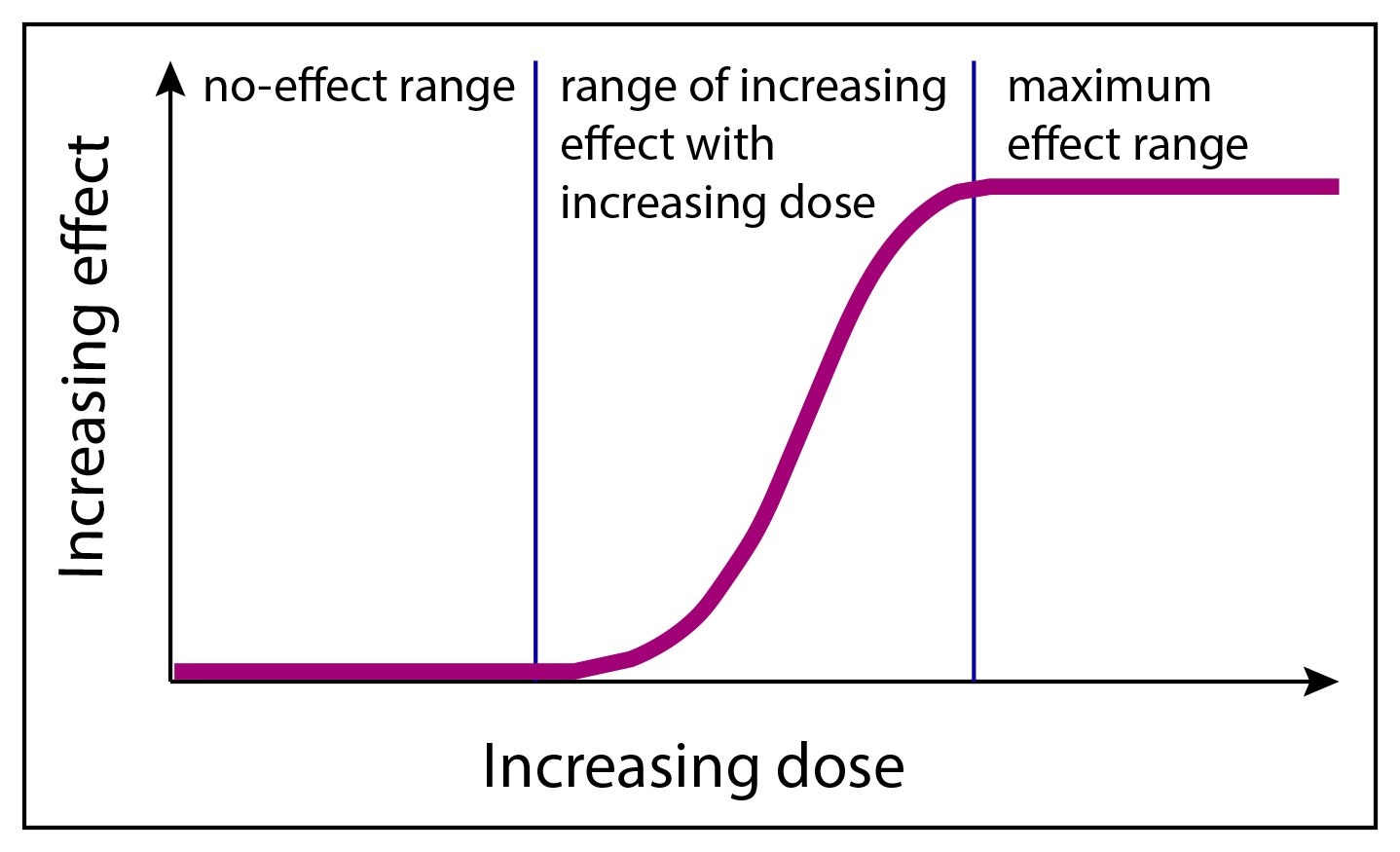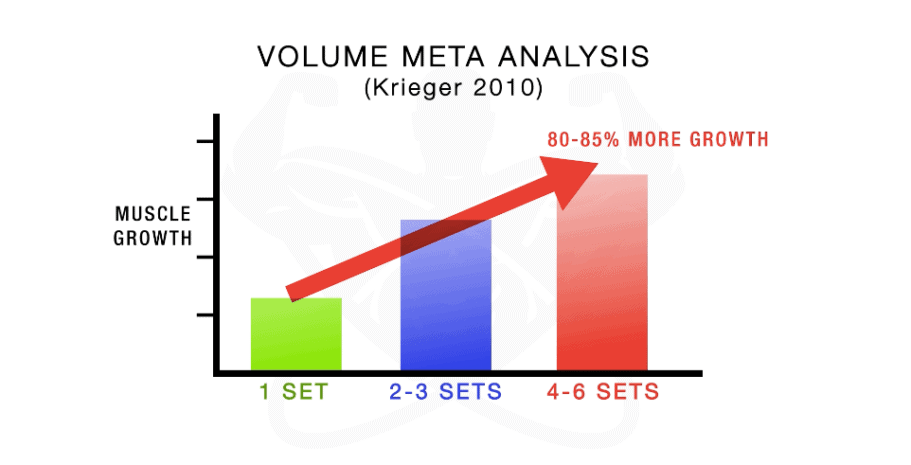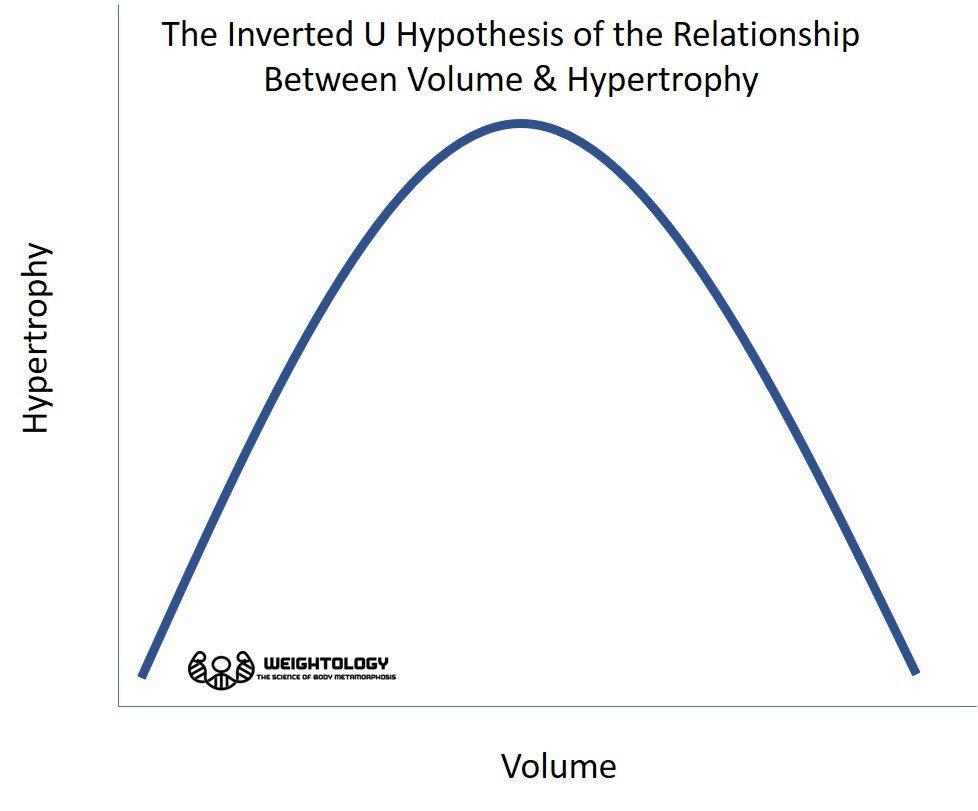This is part 2 to the previous “how many sets per workout”
In the previous article, you learned that 4-8 sets per muscle, per workout are recommended for maximizing muscle and strength gains.
But how many sets should you do in a WEEK? What is minimum and maximum number of sets you can do?
If you want to skip ALL the science and just read the recommendations, scroll down to the TLDR at the end of the article. Otherwise strap in and prepare for some learning.
It is time to get philosophical and scientific
People occasionally have the mistaken impression that being a “broscientist” is being anti formal science. This is incorrect.
I define Bro Science as being a holistic philosophy in which formal academic science, historical evidence, and real world application are all given EQUAL consideration in determining truth, principles, and facts.
If there is bias, it is towards long term historical evidence and practice being more likely to be proven and factual than novel academic theorizing.
In this case of answering the volume question, the academic research DOES provide informed answers, many of which line up with historical “bro” practices.
When we talk about how many sets, we are asking the question of
"what is the proper amount of exercise/stimulus/stress I need to produce an adaptation?"
The philosophy of biology is predicated on living systems being responsive to stress and adapting their systematic function accordingly with environmental conditions.
This Principle of Adaptation is quite incredible. Our ability to learn and get stronger in any capacity is based on our body’s inherent ability to improve function by reorganizing itself down to an atomic level for greater efficiency.
If you start running a mile today, in 30 days you will become faster at running a mile.
Start lifting weights today, in 30 days you will become stronger and your nervous system and musculoskeletal system will have adapted.
Start practicing vertical jump today, in 30 days you will be able to jump higher.
If we understand that stress=adaptation, the question becomes, How much?
Whether you are a trained scientific thinker or not, you realize that there is a dose-response relationship with lifting weights. You know you need to do SOME amount of exercise to produce results.
The term used in Exercise Science is VOLUME.
Volume=the overall number of working sets done. Sets are sequences of reps performed with a high degree of effort. Volume can be assessed by exercise, by workout, and by week.
To be extra clear: Volume refers to Working sets. Working sets does not mean warmup sets or reps. It means Sets done with EFFORT, at a high intensity that produces fatigue.
When you see 4 sets of 8 reps, that is FOUR sets. If you did bicep curls in a workout, your volume for biceps would be 4 sets. If you warmed up by doing a set of light curls for 10 reps with a weight that was not challenging, that DOES NOT count as a working set.
Perhaps this seems overly remedial, but I want this to be easily understood, because Im about to introduce some complexity.
Exercise Scientists have spent years doing many formal studies to try to answer this question of how much volume is needed for muscle growth and strength grains.
What is the minimum volume/dose? And what is the maximum volume/dose? What does the scientific research tell us?
Its time to throw down some studies and some charts (and to preface, this is NOT the complete body of scientific research obviously, there are thousands of studies, Im listing the most relevant and notable ones
To start with, lets answer the question: Can LOW Volume Training can work for strength and muscle gain?
Yes it can.
At Minimum, ONE set a week done to failure can produce gains in strength and limited gains in muscle in untrained individuals.
In this long term study, training data was taken from almost 15,000 people for over 6 years. All of these individuals followed a “High Intensity” training style of doing only ONE set to failure a week on 6 exercises, and these sets were done on a very slow rep tempo. The workouts were done on machines, consisting of a chest press, shoulder press, pulldown, row, leg press, hamstring curl.
While everyone got stronger over time, strength gains slowed down at the 6 month mark, and strength plateaus were reached by the end of year 1, with limited strength gains past the first year.
From this study we can say with certainty that ONE set does produce strength adaptation in untrained people, although it is not enough long term for continual improvements.What about in Trained individuals? What is the minimum dose for them?
In this meta analysis, at least 1 set done to failure, 2-3 times a week (for a total of 2-3 hard sets) can produce strength gains in intermediate lifters (those with at least 1 year of training experience)and In this well known Meta Analysis from 2010 by Krieger, single set training did lead to muscle growth, BUT not as much as multiple sets
While single set, very low volume training CAN work for untrained people, a recurrent problem arises; muscle growth is slower, strength adaptations are slow, And plateaus in progression occur.
In contrast, doing more sets DOES in fact lead to faster and greater results
In this meta analysis by Ralston and Kilgore, moderate and higher volume training lead to greater increases in strength than low volume training, both in trained and untrained lifters.
In this famous meta analysis Schoenfeld, 10+ sets a week (per muscle) produced more muscle growth than 5-9 sets, which produced more muscle growth, than 1-4 sets.
So at this point, we know that very low volume can work (4 sets or less) although maybe not long term. We know that low volume, (5-9) sets will work. And we that moderate to potentially high volume training (10+) works .
But what is the UPPER limit for sets? If more sets equals more growth, at what point does this effect stop? When does more sets have a negative impact on muscle growth. What is that number?
As you might guess, studies have been done trying to answer this question as well
What is the maximum number of sets to do in a workout?
This question was put to the test in this study, which had advanced female lifters do 5, 10, 15, or 20 sets per muscle group, training each muscle ONCE a week. That means some of the women were doing 15-20 sets in a single workout.
The Results?
The Women who did 5-10 sets built muscle and got stronger
The women who did 15-20 sets had LESS muscle and strength gains than the women doing 5-10 sets (the 10 set group had the best gains)
The Upper Limit appears to be about 10 sets per muscle, per workout
____
What is the maximum number of sets in a WEEK? At some point more is not going to equal more
(Credit to Professor James Krieger and his volume bible as a resource)In this study by Schoenfeld and Krieger, they had subjects perform mostly compound exercises: bench press, military press, lat pull, seated row, squat, and leg press; the only isolation movement was leg extension.
Subjects did either one set, three sets, or five sets, and trained total body 3 times weekly.
The group that did 15 sets per exercise experienced the most muscle growth. Now, because this study only used compound movements, its hard to assess total volume for some muscles. Do you count the bench press and military press as tricep exercises? What about the lat pull and seated row for biceps?
Regardless, the study did indicate that higher volume leads to more muscle growth.In this study, subjects did 7 sets, 14 sets, or 28 sets weekly.
This study is interesting, as 14 sets and 28 sets led to more muscle growth and strength gains than 7 sets, BUT there was no significant difference between 14 and 28 sets when compared.And finally in this study, which compared 16, 24, and 32 sets a week, and the results showed that the 32 set group gained the most muscle.
Does this Mean We should do 30 sets a week??
I am going to say NO.
Because one critical detail in all these studies: the REST PERIOD makes a big difference in muscle gain
When Krieger and Schoenfeld analyzed studies that used longer rest periods (3 minutes), versus short rest periods (1.5 minutes or less) and compared the actual muscle gained, they found an interesting detail:
Training with 9-18 sets a week with LONG rest periods of 3 minutes give you the SAME amount of muscle gains as training with 27-32+ sets with SHORT rest periods
Let me restate that into simple terms: you can get the same amount of muscle with HALF the volume if you simply rest longer.
If we utilize LONG rest periods in training, the Upper Limit of Volume for Muscle Gain is about 20 sets per week.
The TL; DR Version
Ultimately your muscle growth will be determined by your GENETICS. Training is always an N=1 experience. While we can talk about averages, minimums, and maximums when it comes to training volume, where you fall on the overall curve is for you to determine. Follow a program, assess results, adjust from there. Dont be afraid to experiment
For the minimalists who want consistent muscle and strength gains, perform at least 4 hard sets per week, per muscle group. Whether those sets are from one exercise done from multiple sets ( 4 sets of hammer curls), or multiple exercises done for one set, both ways work. The point is the total number of sets. Hard sets meaning done to failure or close to it
Training with 5-9 hard sets per week, per muscle will guarantee muscle and strength gains, and is easy to recover from. If you want to play the long game and train as efficiently as possible while guaranteeing a training effect, this range works well.
Doing more than 10 sets per week will lead to more muscle growth, but by default more sets is more fatiguing. This might be an issue for you, or it may not. It depends on your recovery ability, lifestyle, and other sources of stress.
As a Heuristic, the upper limit for maximal hypertrophy is likely somewhere around 20+ sets per week. This a lot of time in the gym obviously, and will be done across multiple workouts. If you train that much, you MUST have properly periodized (planned) workouts and have the recovery ability to benefit from this.
As a heuristic, I dont suggest doing maximum volume for more than ONE major muscle group at a time. Trying to do this for your entire body would burn most people out and lead to overtraining.
My professional recommendation is 8-16 sets per week for beginners (less than 1 year of training) and intermediates (up to 3 years). Start with the low end, and work up as you are able to recover and adapt.
Once you have been lifting more than 3 years and are well past the novice gains, you should be able to customize training and have some sense of what volume suits you best. You should also be able to experiment with different training methods with comprehension and clear intent.
If you want to push the limits, the maximum number of sets you should do for a muscle in a workout is around 10 sets (give or take 1-2 sets). You can do more than that, but the overall effect will be more fatigue versus greater stimulus.
If you have been training with higher volume and feel you have hit a plateau, try lower volume training (5-9 sets) for 3 months. It might be the case that you benefit from increased recovery
If you have been training with lower volume and feel you have hit a plateau or are regressing, try higher volume training (10-16 sets) for 3 months. It might be the case that you are more responsive to higher volume and will experience increased adaptation.
If you are a Hight Intensity Training adherent and are insistent that 1-2 sets a week is the best way to train and everything else is overtraining, Good for you. If thats working, keep doing it.
Any questions? Feel Free to Comment Below






Do you consider rest-pause sets (three sets to positive failure, with sets 2 and 3 follow 30 second rest) to be closer to a single set our three sets?
Or, framed in terms of programming, how would you assess three rest-pause sets per week in a muscle group in terms of working sets and hypertrophy versus 10-15 conventional working sets?
Ajac why did you block me on twitter? I apologize if I did anything wrong